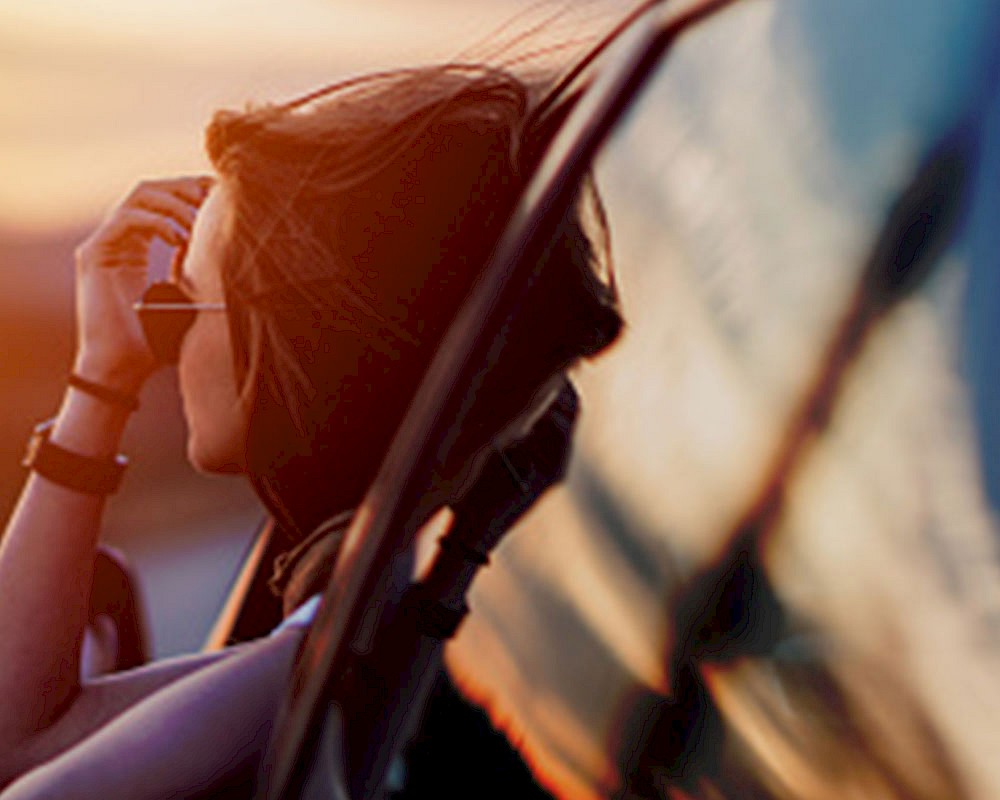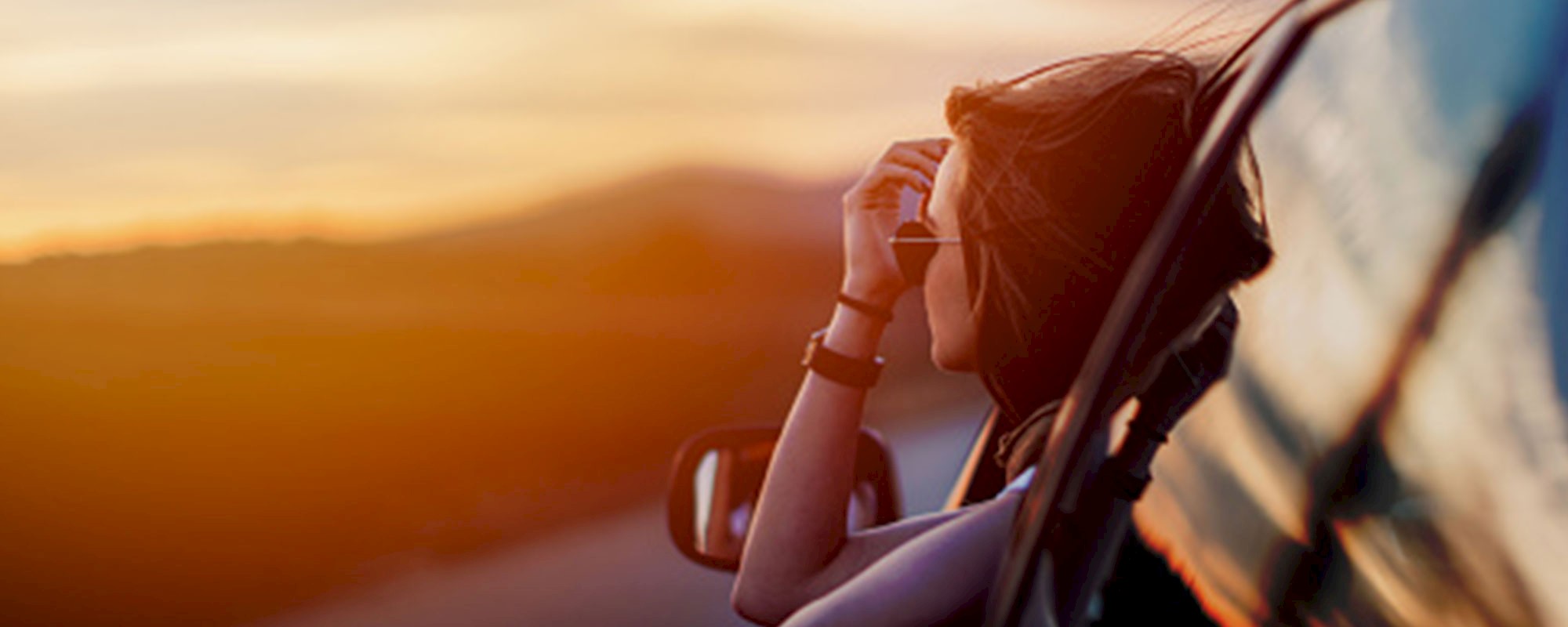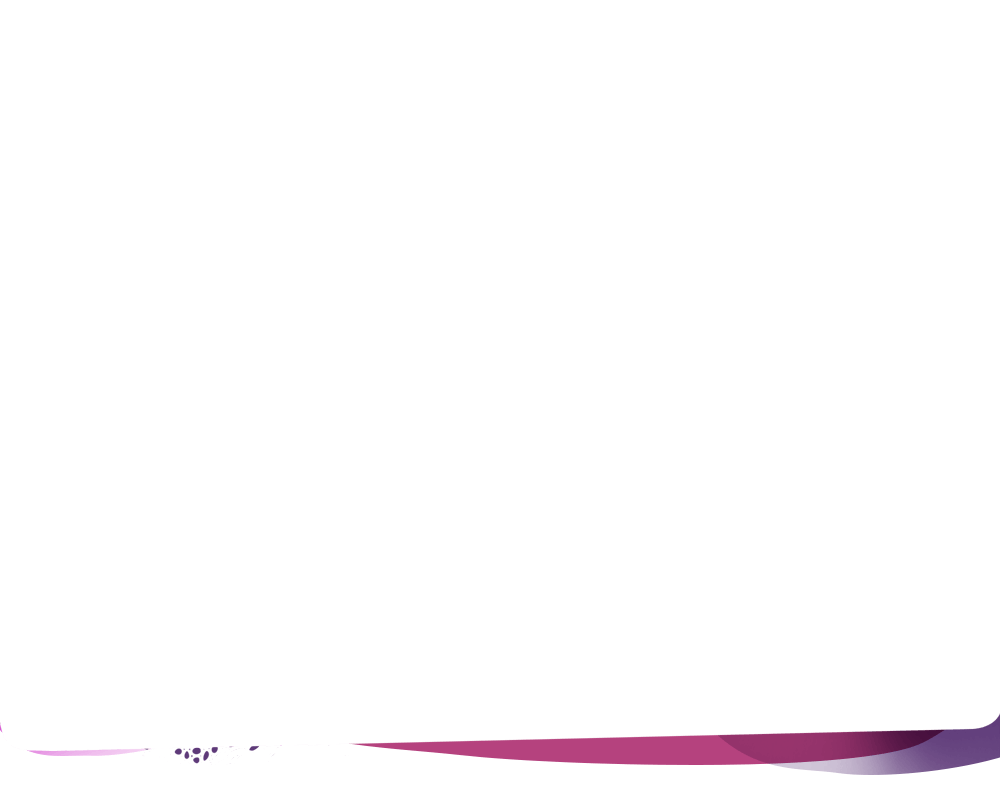An adventure within an adventure
RoxAnna Breitigan July 18, 2018The delay has made us rethink how we spend our days. While we wait for the collars there is only so much we can do around camp. The pens have been set up, the oryx have been moved to where they need to be and the supplies have been accounted for. Now all we can do is wait. We have gone out several times to monitor the now wild oryx. We have joked several times about just running down to the Starbucks for some Frappuccino’s but sadly we are only able to joke about such a thing. There is brown with spots of greens surrounding us in all directions as far as the eye can see. So here we are waiting and asking the same question over and over again, well, now what, and finally, a proposal was put on the table.
The proposal was for the whole herd of us humans to go on an adventure instead of sitting around base camp, at least we would see something different. Since the idea of just sitting around a camp table for hours on end did not really appeal to any of us, all our hands went up when asked if we would like to go. Without some us having any idea where we were going, we said “we’re in!”. The plan was to load up in the early morning and head north and then follow the Wadi (Oudai) east to west, camp overnight and then follow the Wadi back, head south back to base. About 150 miles total round trip. We loaded up, tents, back packs, gear, food, guards, gas and of course extra tires. (In case, you are wondering, we are up to 5 flat tires so far on this trip.) The caravan was quite the sight, nine vehicles, about 31 people, and countless bottles of water. We waved goodbye to the few staff staying behind at camp and headed into the unknown.
We were off on our adventure within the adventure to see what we would see. First, I should probably explain what a Wadi is, since the google is limited away from camp here I had to ask. A Wadi is a stretch of green waterway belt that flows east to west through the desert, it begins from water from the mountains and then quickly disappears into the desert sand on the far end. This is an amazing source of water for a lot of wildlife. Sadly years ago thousands of oryx and addax would also go to the Wadi for water, but those days are long gone. However, today there is still some wildlife that live here, caracal, honey badger, warthog, monitors and a lot of birds. Green grasses, trees and shrubs provide food and shelter for much of the wildlife in the Wadi.
There are two in this area that run parallel to each other. The first one we came upon was a pleasant sight of shade and coolness after the long, dry, desert drive. We stopped several times along the way to look for various signs of wildlife, explore and take pictures. It almost seems unreal that a place this lush is just right in the middle of the desert. We found tracks of mammals which is encouraging that for the moment this place still holds some biodiversity. We did see an amazing amount of bird species. I have worked with bustards for many years but I can honestly say I have never seen one take flight. I have given countless keeper chats about them being one the heaviest flighted birds in the world which really does sound impressive. However, seeing them take flight, fly over the desert and land is an incredible sight, Every time we saw one, it never got old. The hornbills, rollers, storks and even a few cranes were like finding jewels on a treasure hunt. It was a great place to explore and take lots of photos of our finds.
We then traveled to the second Wadi which was not as lush, if a land can look tired, this one did. We drove to a spot we hoped to have lunch at and decided it was not going to be a nice place for a stop. There was a stripped field of millet and sorghum that had been planted and cut, this is land where this should not be happening so close to the Wadi and it was clearly evident why. We turned around and found another spot. As we sat under a tree, we were told of stories as recent as the 1970’s and 1980’s, when there were no people around, the wildlife was plentiful and land was still healthy. It made us all a little sad to think about how it once was, to think about antelope roaming and all the other animals that have been affected throughout the years. It a good reminder of why the work we are doing here is so important, giving the oryx a chance of returning. If we do nothing, there is no hope any oryx would ever see the Wadi again, so at least we are trying.
We explored a bit longer and then drove to a place in the desert to camp for the night. It’s funny how all of us traveled together but then at night we all sort ourselves out into our prospective groups of tents. The Americans, the Moroccans, the French, the Chad, UAE folks, the guards, the staff, all one herd but settling in for the night into their mini herds. Many of us coming together for the meal of the evening and bedtime stories before heading to our tents under the stars.









